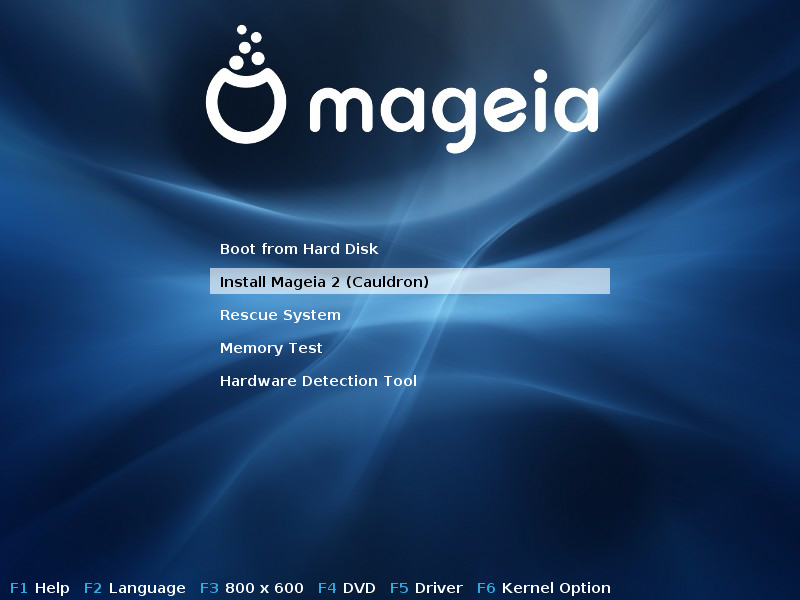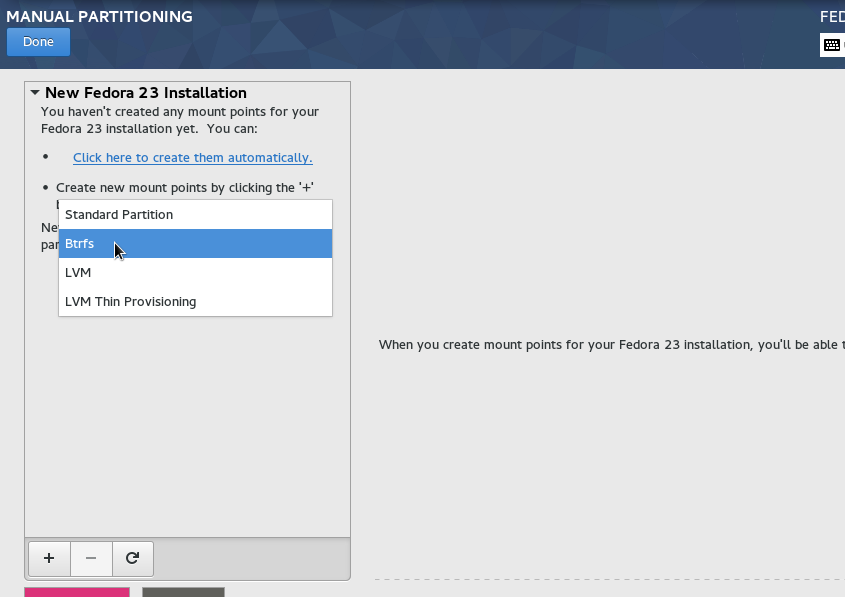Mandriva, one of my favorite Linux distributions, has been forked, and the new distribution is named Mageia. With the well publicized mass exodus of developers and contributors, this does not come as shock. I usually view these developments with caution, but this one I am actually happy about. Here are my reasons:
- Mandriva’s management has done a very lousy job with the resources they have. It is pretty appalling. Mandriva was supposed to be to the desktop space what Red Hat is to the server market. But no, the company got stuck somewhere between 1998 and 2005. There were no new ideas. They could have done what Steve Jobs did with Apple, if only they had the vision and a good understanding of the technology and community they had at their disposal.
- The other reason I am pretty happy with this development is with the announcement by the new distro developers. Here’s an excerpt:
Mageia is a community project: it will not depend on the fate of a particular company.
A not-for-profit organization will be set up in the coming days and it will be managed by a board of community members. After the first year this board will be regularly elected by committed community members.
This organization will manage and coordinate the distribution: code & software hosting and distribution, build system, marketing, foster communication and events. Data, facts, roadmaps, designs will be shared, discussed through this organization.
Setting up a not-for-profit organization out of the gate tells me that these are not just a bunch of guys with a selfish motive. They seem to know exactly what they want to achieve and how to go about it.
Here are their goals:
- Make Linux and free software straightforward to use for everyone
- Provide integrated system configuration tools
- Keep a high-level of integration between the base system, the desktop (KDE/GNOME) and applications; especially improve third-parties (be it free or proprietary software) integration
- Target new architectures and form-factors
- Improve our understanding of computers and electronics devices users
Here’s what they are asking for – from you, if you can afford to help:
- Hardware for code hosting, build servers plus datacenters to host these servers
- Developers, contributors, translators, testers to invest into the development of Mageia
- Counsels on building the organization and its processes, etc.
I am, of course, always available for testing and reviews.Before we get to that stage, here are a few suggestions:
- Give Mageia an installer better than the Mandriva installer
- Dispense with the practice of releasing an ISO image for every desktop environment. Momonga, a Fedora-based distribution that was just reviewed here has only one ISO image from which you may install a window manager and four of the popular desktop environments – GNOME, KDE, LXDE and Xfce.
- Since one of their goals is to “target new architectures and form-factors,” I will strongly advocate for a tablet-optimized Mageia edition, with full multi-touch capabilities. Linpus Lite (view some Linpus Lite 1.4 screenshots), a distribution I am currently reviewing, comes with a few applications with single-touch support.
- There is something about the name that I am not comfortable about. How about a name change to My Linux?
Read the complete Mageia announcement.







Why are you uncomfortable?
Because its not english?
What does ‘my’ mean in other languages?
Seems to me that anyone that is just even a bit aware of american war crimes (35 bombed countries since WW2 isnt exactly mother theresa), knows that My Lai massacre where americans soldiers killed women, children, elderly while raping, torturing and mutilating them.
How about we leave MY out of it, ok?
Let me guess… Ubuntu too foreign sounding for you as well?
Knowing the mandriva/mandrake history, Mageia is a beautiful name that fits in perfectly with its history. Tell me that you at least took 3 secs to find out what the name meant? Hint, its greek.
>There were no new ideas.
Really?
Best KDE distro this side of PCLinux?
Ok, you seem to know so much.
> They could have done what Steve Jobs did with >Apple,
WTF does this even mean?
Just a non sequitur you throw like manure and hope the stink doesnt suffocate us?
This is a shame because at best Mageia will have problems matching PCLinuxOS which is a gem.
It will never be able to be more than PCLOS.
Once the egos are soothed and new owners come in, lets hope that both groups can come to work together because they both need each other and could prosper as two different entities (OpenSuse is a joke since it has Novell employees on board, the name and logo arent the communities but belong the companys).
Without a strong commmunity w/ distro, Mandriva will perish and without a Canonical to deal with business, Mageia will never be able to be more than a nice little distro. Like PCLINUXOS.. not taht there is anything wrong with that.
Very few outside of the PCLinuxOS fanboy club actually think that it is a “gem,” but that’s a completely different topic. some of which has been discussed at length here.
Since you so profoundly disagree with my take on Mandriva’s management, take a few moments to read this:
Btw, that is the full text of an email message from a former Mandriva employee posted on the new Mageia discussion mailing list. Funny how his first-hand view of Mandriva’s management closely matches mine.
Well, MyLinux would be a violation of the trademark of Linux Foundation, I fear. And I think the old mandrakesoft vs hearst story was a good reason to avoid doing the same error twice ( since I was one of those who had to decide on the name, I can ensure this was a criteria used to reject a name )